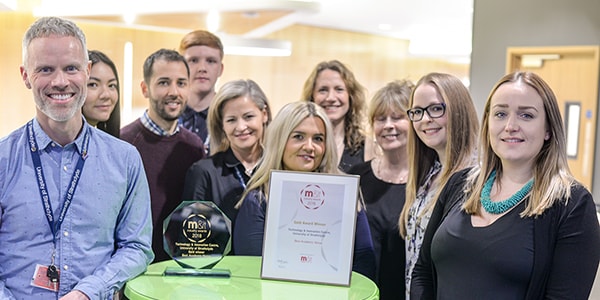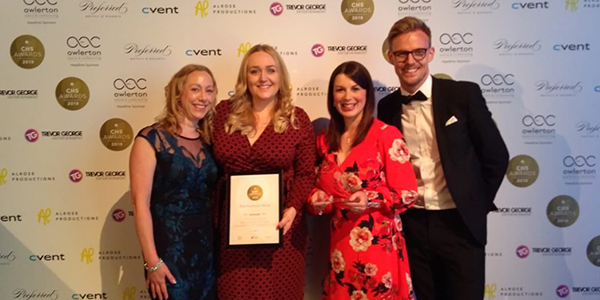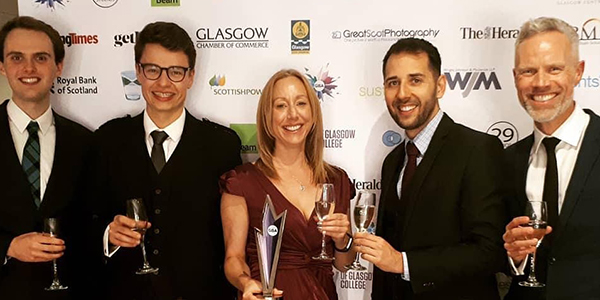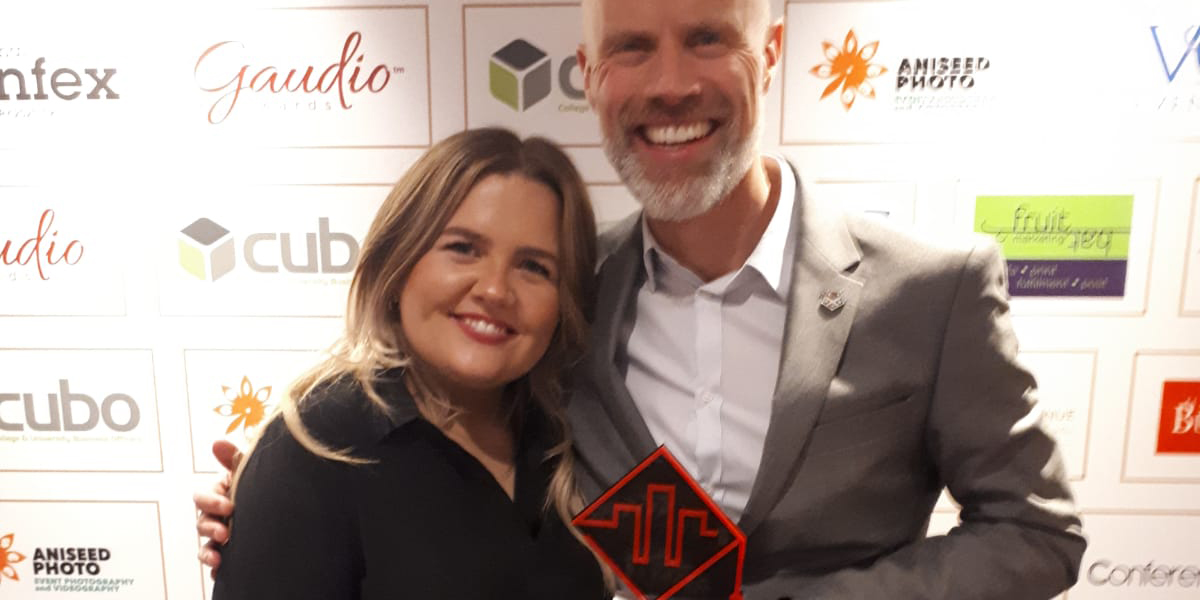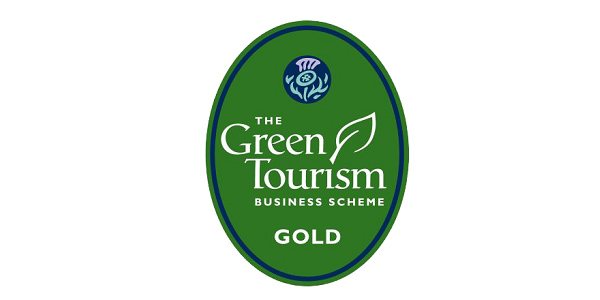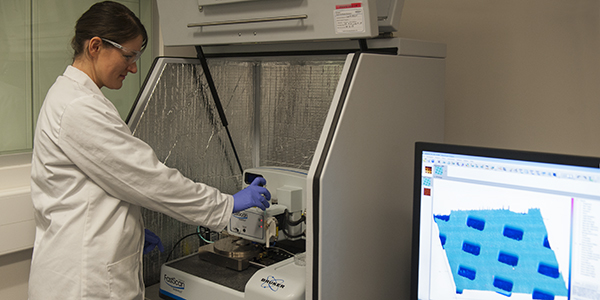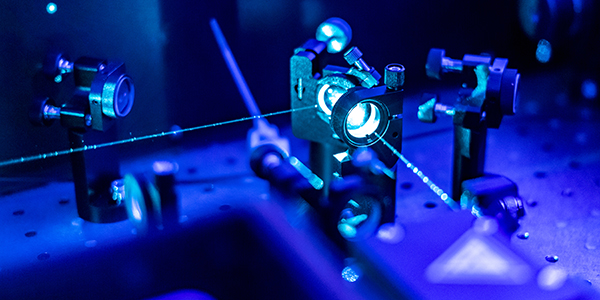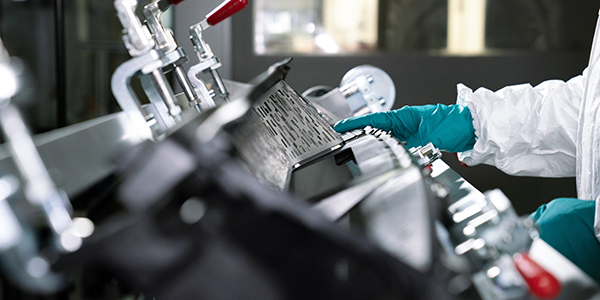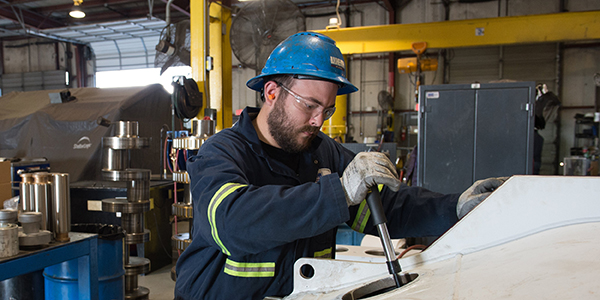
Celebrating 5 years ofthe Technology & Innovation Centre
How time has flown...
The Technology and Innovation Centre (TIC) was officially opened by Her Majesty The Queen and His Royal Highness The Duke of Edinburgh in July 2015. Fast forward five years and our landmark Centre has transformed the way academics collaborate with business, industry and the public sector.
From work in medicine manufacturing to award-winning conference and events and groundbreaking research the Technology and Innovation Centre has truly embraced collaborative working across sectors. Here is a look back at some research projects, events and awards from the last five years.
Five research projects
ClinSpec Diagnostics: life-saving technology for early detection
Researchers Dr Matt Baker, Dr Holly Butler, Dr Mark Hegarty, and Dr David Palmer founded spin-out ClinSpec Diagnostics Limited (ClinSpec Dx) out of their research at the University of Strathclyde. They are working to establish a blood serum test that allows same-day detection of a range of cancers, with the first application to brain cancer.
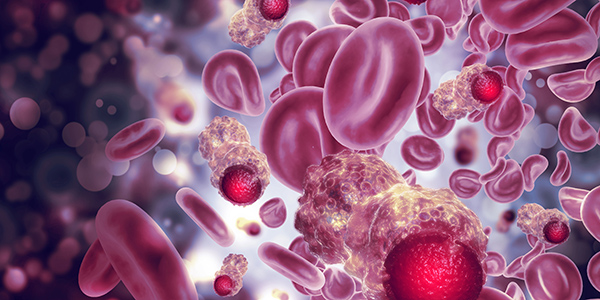
Institute of Photonics
A team of researchers from Strathclyde’s Institute of Photonics, in the University’s Department of Physics, developed a highly accurate micro-assembly technique to allow the construction of a 3D lattice of nanowire devices. The team used a specialised ‘transfer printing’ micro-assembly system to print semiconductor nanowire structures, with nanoscale accuracy, in orthogonal patterns onto metal antenna structures.
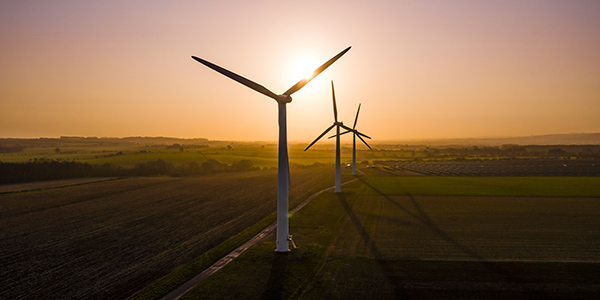
Institute for Energy & Environment
A research programme which brings together academia and industry to address renewable energy challenges has delivered benefits topping an estimated £200 million. The Technology and Innovation Centre Low Carbon Power and Energy Programme links the University's technical expertise to the low carbon energy sector and is funded by ScottishPower, SSE and Wood.

Biomedical Engineering
Scientists at the University of Strathclyde are researching a system to measure and monitor blood chemistry levels in premature and sick babies through their skin, which if successful, could eventually replace the need for invasive blood tests. When babies are born early or sick there is a medical need to track levels of electrolytes such as glucose, lactate, sodium and potassium in their bodies, as the balance of these can be critical.
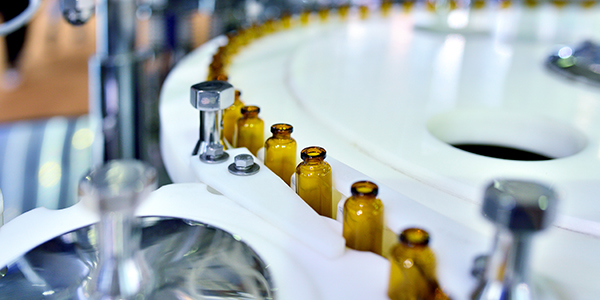
Continuous Manufacturing & Crystallisation (CMAC)
Research undertaken by the team at CMAC explores the possibilities to align future value network configurations and disruptive shifts in manufacturing and information technologies to enable novel routes to medicines production and deliver added value to ‘end-users’.
Five notable Conferences & Events
EURO 2015 (European Conference for Operational Research)
The biggest conference to be held at the University, EURO 2015, had over 2,500 delegates visit over 4 days in 2015. TIC was the main hub for the conference that used 70 - breakout rooms across the campus.
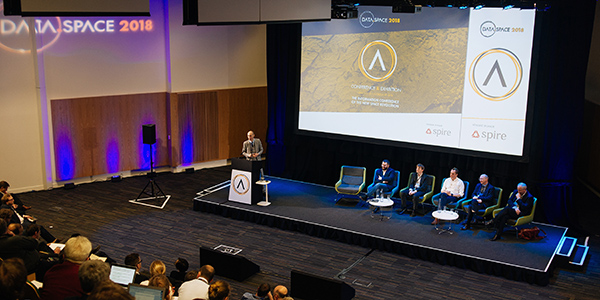
Data Space Conference
Since its inception in 2017 TIC has hosted the Data Space Conference that brings delegates from an array of sectors including energy, environment and marine. The aim of the conference is to raise awareness of the global and local challenges which can be met with space solutions.
_-_600x300.jpg)
IBioIC Annual Conference
In 2020, TIC was host to the 6th annual conference from IBioIC. Attracting over 450 delegates the event sees innovative companies exhibiting smart solutions to a global audience.
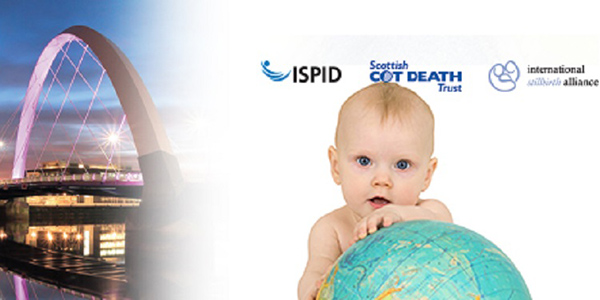
International Conference on Stillbirth, SIDS & Baby Survival
Running over several days and bringing together 24 countries from around the globe to TIC. The conference promoted collaborative work practices, imparted knowledge amongst peers and helped to enlighten research into the traumatic reality of stillbirth.

International Input-Output Conference
TIC was the first UK venue to play host to the 27th International Input-Output Conference in 2019. The conference attracted delegates from across the globe and created an Input-Output related subject matter legacy in the UK and beyond.
